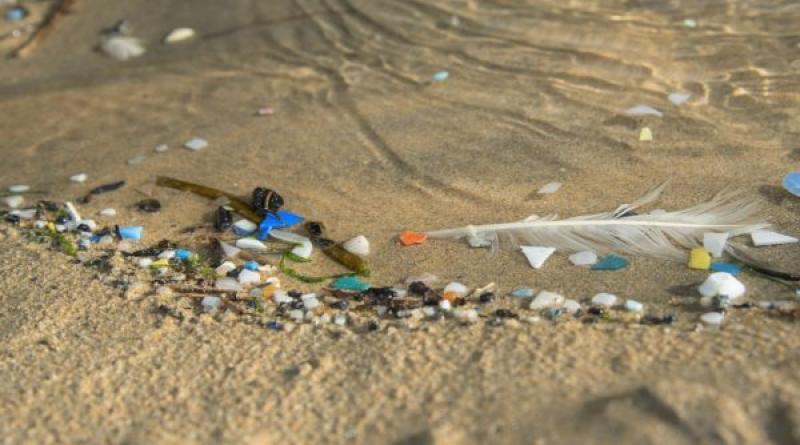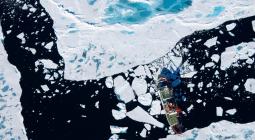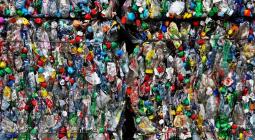Microplastics

For something so small, microplastics have created big confusion. Depending on the source, microplastics are the secret to perfect skin, the world’s greatest environmental threat, or already illegal. What is the truth about microplastics?
What are Microplastics?
Any piece of plastic under 5 millimeters long is a microplastic. There are two main types of microplastics. Primary microplastics are intentionally manufactured, usually out of polyethylene (or polypropylene or nylon). The best-known example of primary microplastics is microbeads. These are tiny plastic spheres used in exfoliating scrubs and other body products to scrape away dirt and dead skin cells. Primary microplastics are also used as abrasives in detergents and sandblasting materials.

Secondary microplastics are bits of plastic that break down from larger pieces. These “accidental” microplastics comprise two-thirds or more of the world’s microplastics.
Secondary microplastics result from weathering of improperly handled waste materials, as when sunlight and ocean waves break down abandoned fishing nets or discarded plastic bags. They also form from bits of rubber that wear off of tires on the road and fibers that come off synthetic clothing (especially fleece) in the washing machine. Some experts consider these primary, rather than secondary, microplastics.
But all experts agree that all categories of microplastics find their way into rivers and oceans where they cause serious environmental harm.
The Problem With Microplastics
Whether primary or secondary, between 5 and 14 million tons of microplastics end up in the ocean each year. There, they make up a sizable portion of the garbage gyres and enter the food chain. Plastics and the toxic chemicals that adhere to them can not only harm sea creatures that consume them, they also bioaccumulate. Plastics have been found in deep-sea organisms and in fish sold for human consumption, as well as many other human foods. It’s no surprise then, that microplastics have been found in human lungs and feces. Their long-term impacts on human health are uncertain.
The Fight Against Microplastics
Most efforts to curb microplastics to date have focused on microbeads. FDA rules require companies to disclose such ingredients in products that are used on skin or teeth. The use of microbeads for other purposes remains a trade secret.
In 2015, the United States passed the Microbead-Free Waters Act, which banned microbeads from rinse-off cosmetics by mid-2017. The U.K. followed with a ban on microbeads in all cosmetics and personal care products in 2018.
U.S. residents can work against primary microplastics by encouraging their representatives to support a right-to-know bill that would force companies to disclose the use of microbeads in manufacturing. Despite significant evidence that clothing made from synthetic fibers is a major source of microplastic pollution, the textile industry has been slow to respond. Clothing companies may be more responsive to consumer pressure.
15 January 2019
Gemma Alexander




